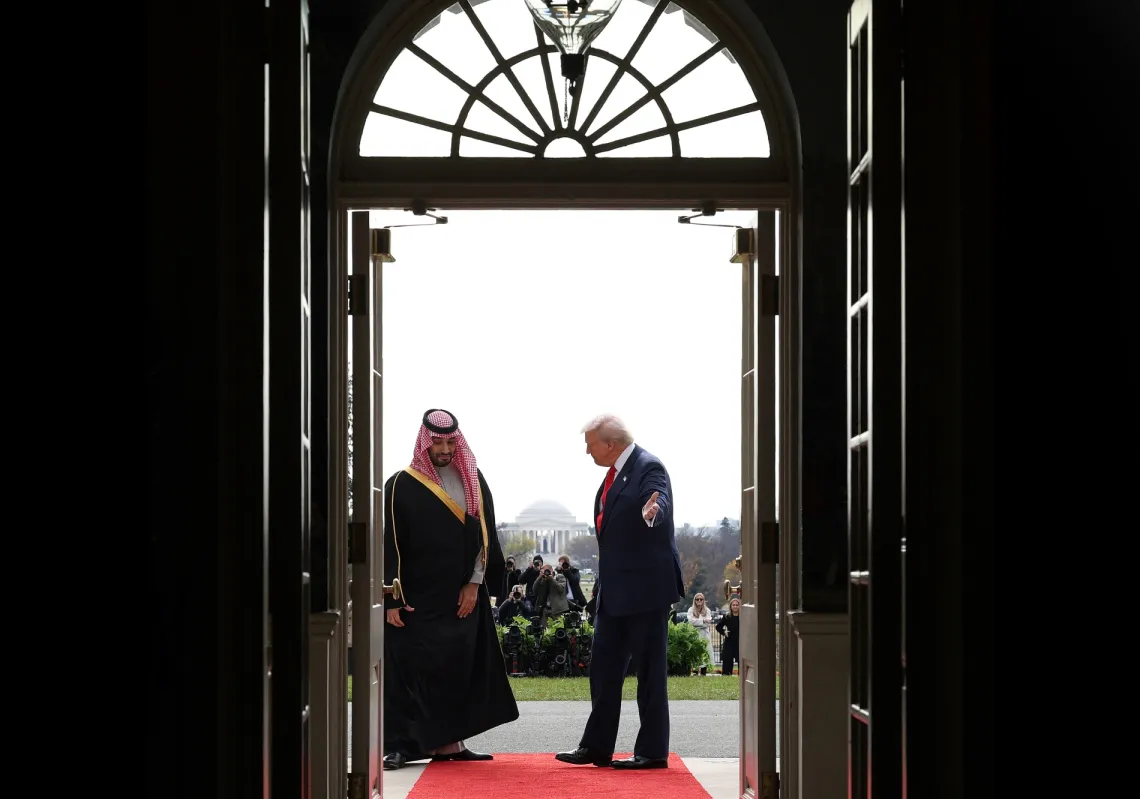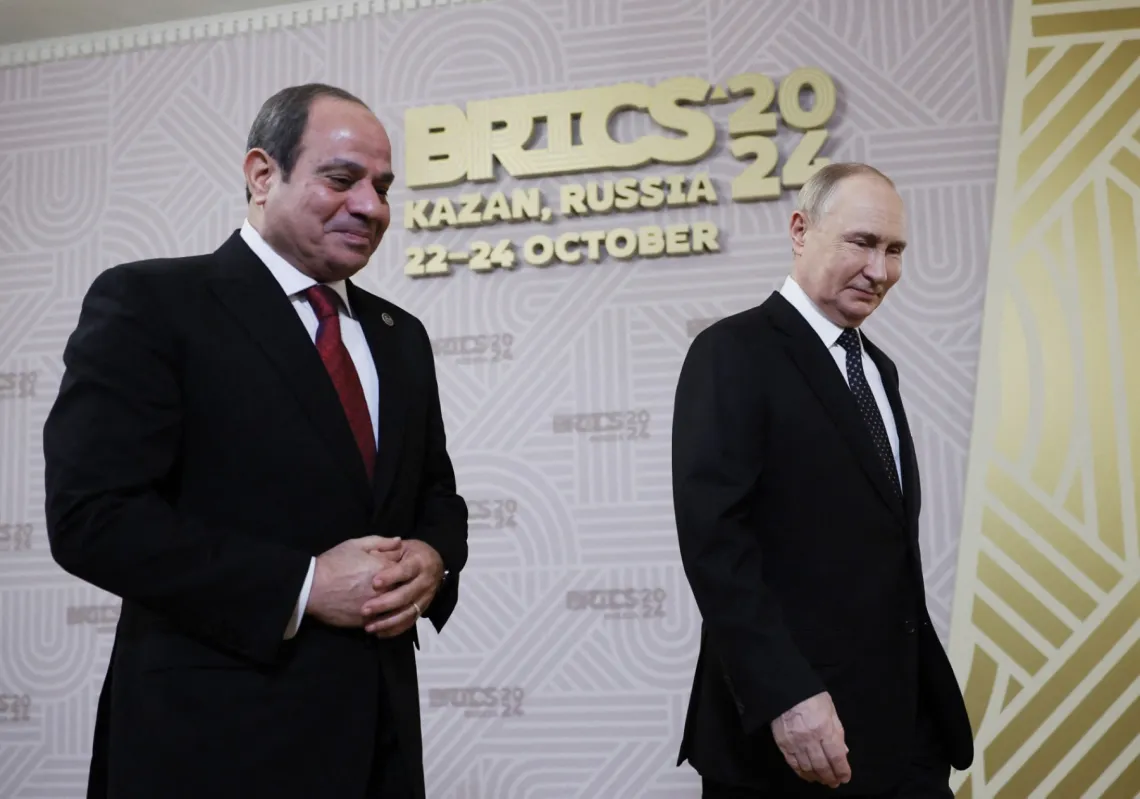Will America pull back from its strategic positions in the Middle East and the Gulf, or will it maintain its presence? What are the regional and global implications either way? Our March issue's cover story provides some answers.
American diplomats and military strategists are charting the contours of their land and naval engagements in the region, alongside assessing strategic military pacts currently in place or under negotiation.
Experts weigh in on Washington's thought processes, how the November US presidential election influences these decisions, the broader consequences for America's regional and global standing, and the stances of regional actors, whether friends or foes. We look at China and Russia's strategic calculations in the instance of a US withdrawal.
We also examine the European stance following its decision to set up a Red Sea defence-only naval force, which aims to deter but not confront Iran. Furthermore, we chart the geopolitical significance of trans-oceanic and trans-continental cables.
Read more:
1. The price of US presence — or absence — in the Middle East By Ibrahim Hamidi
2. America's changing calculations in the Middle East By Robert Ford
3. Why US naval presence in the Middle East matters By Admiral Kevin Donegan










